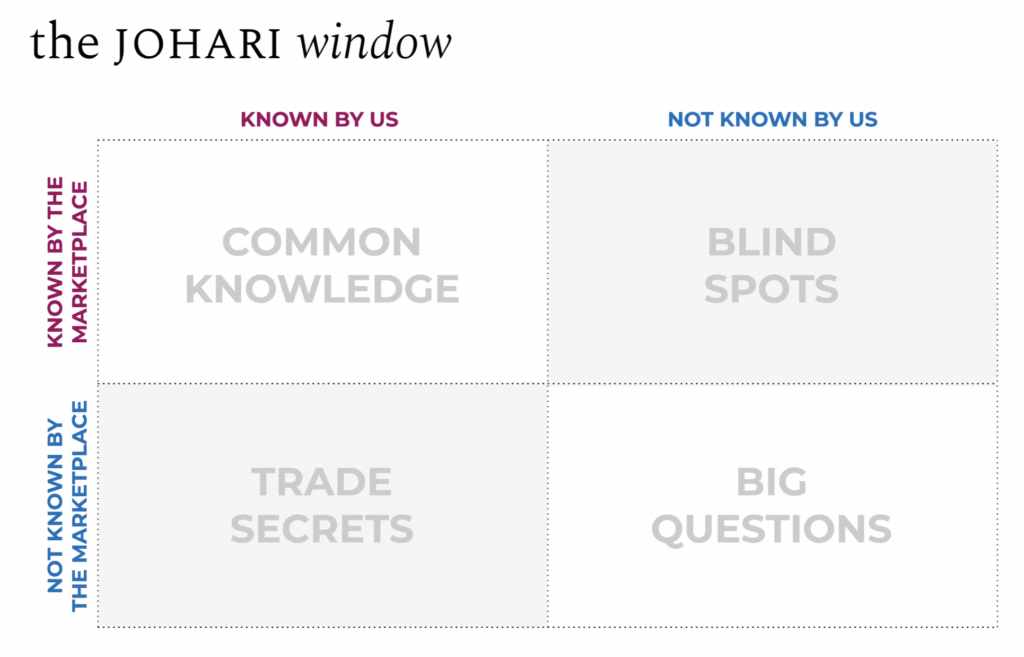As we approach the end of the year, it’s normal to rehash everything that has happened over the past 12 months. People like to categorize/summarize things, and “by year” is a common way to do it. For example, “2007 was a great year because my youngest child was born.” Or, “2020 was a nightmare because I spent six months trapped at home… with my children.” So if you are trying to wrap up 2023 and put a label on it, how would you do that?
People often approach their business recaps in the same way they do their personal lives.
How many times have you ranked the success or failure of your year simply by the existence of a major event? Or maybe the lack of a major event? Never even considering the lessons learned from having experienced or not having experienced that event?
I’d like to put my consultant hat on today and talk about an exercise we’re doing with our clients to help shift their focus and put 2023 into perspective in a different way. Instead of highlighting things that happened this past year, we have them look at their thought process, which includes what they know and what they don’t know, as well as what they understand as they head into next year.
A few years ago I learned about something called the “Johari Window”. It’s a communications tool designed to analyze, either personally or professionally, how self-aware you are in terms of your relationship with both yourself and with others. Anyone who knows me knows I love a good foursquare diagram! This one is pretty self-explanatory, but I’d like to drill down into it just a little so that you can really see the benefits of what it has to offer. When adapted to marketing and business it can look something like this:

There are two things, and only two things, that are considered here:
- What do you know about your business?
- What do others know about your business?
There’s a saying that perception is reality, but what is your perception hiding from you?
Are you seeing your company as others view it? Or are you only focusing on the aspects you want to see? You can fill out this chart, either by yourself or with a group of close advisors, using the instructions and examples in the graphic below:

Next, consider the interplay between the two questions. This is what makes this exercise a really great retrospective as you try to move your mindset from what was in 2023 to what you want to be in 2024, and beyond.
Many businesses will find the two shaded squares, the lower left and upper right, to be the most helpful.
The lower left quadrant, “known by us but not known by the marketplace,” – full of untapped potential just waiting to be used for marketing and sales – will help point your content strategies in the right direction. What do your customers need to know, that they don’t, but should? The fried chicken example here mentions a gluten free product that isn’t marketed to the public. Many fast or fast-casual restaurants have “secret” menu items. Perhaps teasing the existence of this product is a strategy that can be used to generate excitement and encourage people to share the restaurant’s content?
In contrast, the upper right quadrant, “known by the marketplace but not by us,” can tell you what knowledge gaps need to be closed through market research. Businesses aren’t perfect and as plugged in as we all think we are, something usually gets past us. Trends come and go, and economic conditions often impact buying decisions. The question of whether this restaurant’s chicken is typically thought of as a splurge item vs. a quick utilitarian substitute for a home cooked meal can easily be answered through marketplace research like surveys, polls, or interviews, and the answers can help us better connect with customers in the future.
This is actually the first year we’ve done the Johari Window exercise with our clients and the results so far have been eye-opening. The perspective of “what do we KNOW this year,” instead of “what did we DO this year?” is a fresh take on the typical year-end wrap up and one that will help you look forward instead of back.

